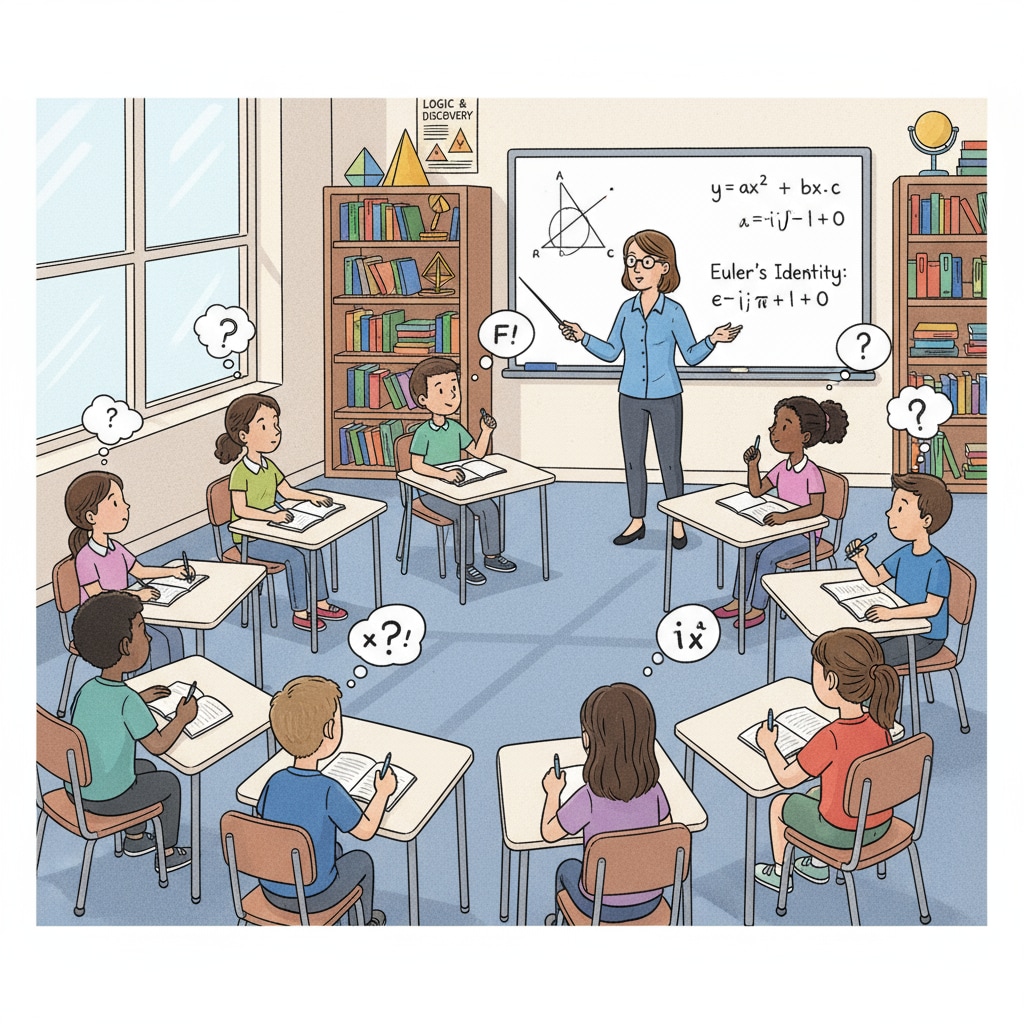Gifted children, educational environment transition, and twice-exceptional (2e) children are at the heart of this discussion. When highly capable young learners, particularly those with twice-exceptional characteristics, move from a Montessori educational setting to a public school’s gifted class, they face a unique set of challenges.

This transition can be both exciting and daunting, but with the right strategies, it can be made smoother.
Understanding the Transition Challenges
The first hurdle these children encounter is the difference in teaching styles. Montessori education emphasizes self-directed learning, allowing children to explore at their own pace. In contrast, public school gifted classes often have a more structured curriculum. For example, in a Montessori classroom, a child might spend hours on a single project of their interest, while in a public school, there are set lesson plans and time limits. This shift can be disorienting for gifted children. Additionally, social dynamics change. Montessori environments typically have a more intimate and collaborative setting, while public school classrooms are larger and more diverse. As a result, some children may struggle to make new friends and fit in.

Academic Adjustment Strategies
To help these children adjust academically, parents and educators can take several steps. Firstly, communicate with the new school about the child’s Montessori background. Share their learning preferences, strengths, and areas of interest. This way, teachers can tailor their instruction to better suit the child. Secondly, provide extra support at home. Encourage continued exploration of topics the child is passionate about, even if they are not part of the immediate curriculum. For instance, if a child loves science, engage them in science experiments or discussions outside of school hours. This will keep their learning enthusiasm alive during the transition.
Readability guidance: The paragraphs are kept short to enhance readability. Lists and bullet points can be used further to break down complex information. Transition words like ‘firstly’, ‘secondly’, and ‘additionally’ are used to make the flow of ideas clear. Passive voice is minimized, and most sentences are in the active voice.


